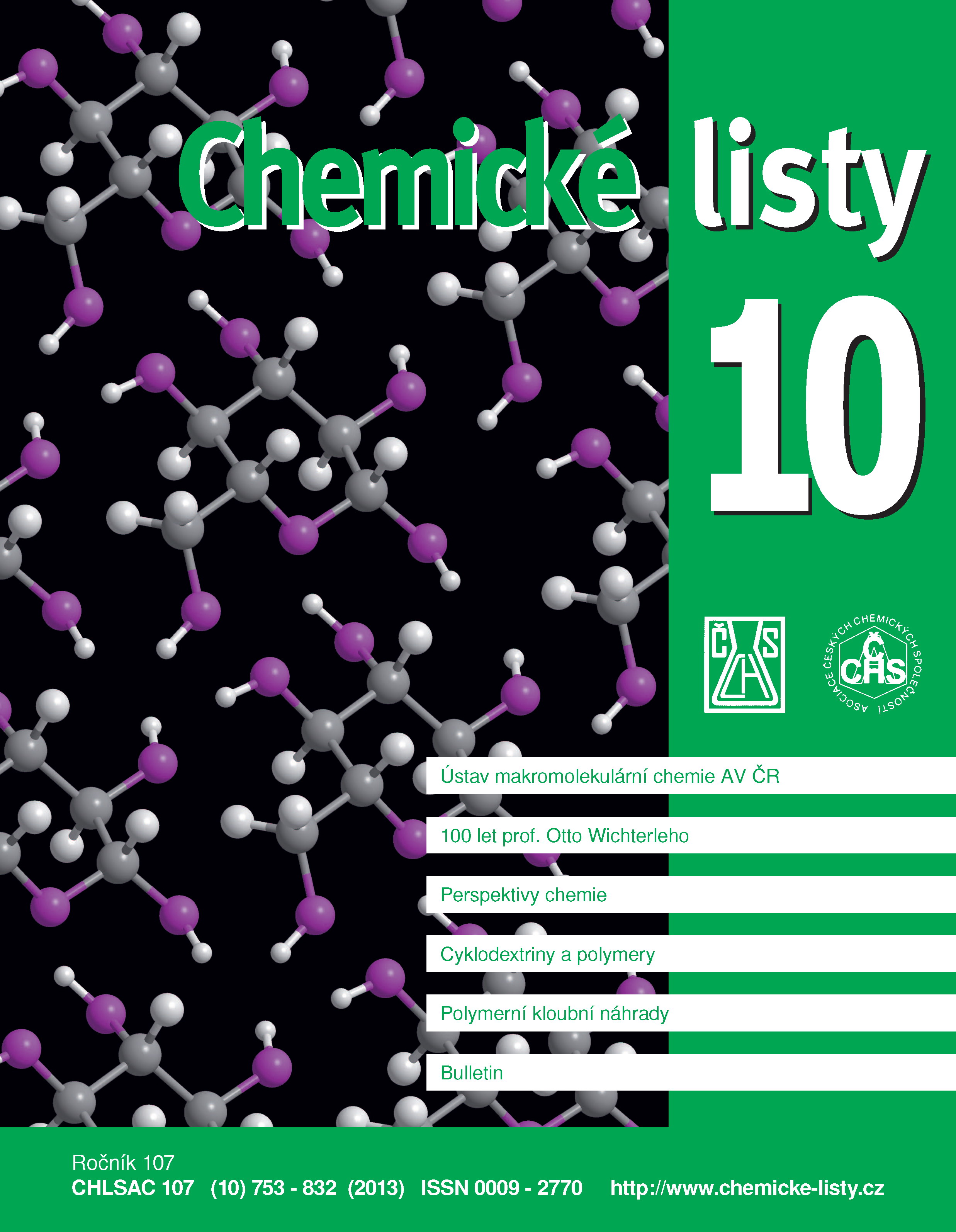Reactions of Organolithium Compounds with Alkali Metal Alkoxides. 50 Years of Superbase Discovery
Keywords:
organic compounds and alkali metal alkoxides, lithium–heavier alkali metal exchange, superbase, metalationAbstract
Reactions of organolithium compounds (RLi) with alkali metal alkoxides and the discovery of Superbases are described. Superbases made from organolithium compounds and heavier alkali metal alkoxides (R'OM) are strong bases with reactivity dramatically exceeding that of the parent RLi. Lithium-heavier alkali metal exchange occurs in this system with the formation of lithium alkoxide and a heavier alkali metal compound. These can be easily prepared in this way. The metal interchange takes also place with compounds containing nitrogen-lithium bonds (N-substituted amides) or special oxygen-lithium linkages in ketone-enolates or ester enolates. Thus, this metal interchange is of general nature. The driving force for the interchange is obviously the formation of lithium alkoxide. Superbases react with many types of organic compounds (substrates) giving rise to heavier alkali metal derivatives of the compounds. Superbases containing a higher than equimolar amount of R'OM and with a more branched structure than t-BuOM are more advantageous in reactions with substrates (Superbases of second generation). The metalated substrate can be converted to a substituted substrate by reaction with an electrophile in situ. This is the frequent use of Superbases in synthetic and polymer chemistry. For reactions of Superbases with substrates, various mechanisms can be considered, but the lithium-heavier alkali metal interchange must take place in some reaction step.





